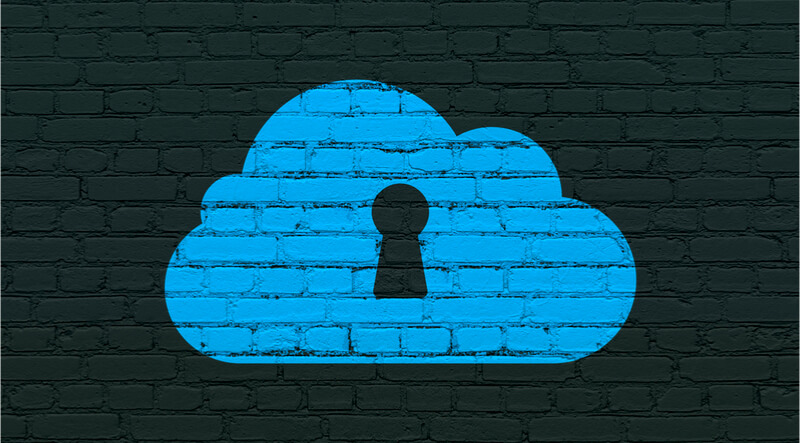
Creating a thorough and effective security program is difficult enough when your data is stored on-premises. But most organizations and agencies straddle hybridized on-prem and cloud environments—or they’re cloud-native entirely. This complicates the role of cybersecurity teams who now need tools that can traverse multiple environments without missing a beat. According to RightScale's 2018 State of the Cloud report, public cloud adoption is up to 92 percent from 89 percent last year. Your cloud systems need proactive and ongoing support for integrity monitoring, configuration management, vulnerability management and more. Here are a few ways cloud security poses its own particular challenges:
- Visibility: Organizations need fast access to information—like where exactly each bit of their data is stored— and run into a lack of transparency on the part of their storage vendors.
- Hybrid environments: Storing some data on-site and some data in the cloud elevates the need for security tools that are nimble across multiple environments.
- Cloud management accounts: Improper account configuration can spell disaster if a hacker gains control.
- DevOps: As of last year, 80 percent of enterprises reported plans to invest in adopting DevOps. But in the process of transitioning to DevOps, organizations can forget to bake security into their new workflows, leaving them more vulnerable than before.
- Elasticity: If you’re not using a product with an elastic pricing model—one based on a per-hour usage—you could be wasting resources by paying for more cloud computing than you actually need.
Luckily, you can overcome these challenges using solutions that are specifically built to move nimbly between various computing environments. Here are two proven strategies you can use to tighten your cloud security stance.
1. Deploy serverless file integrity monitoring (FIM)
Powerful FIM uses a baseline to monitor changes against. If your organization or agency uses Azure containers or S3 buckets and objects in Amazon Web Services, you need a solution that can bring visibility into each and every relevant change taking place within your cloud environment. Look for customized dashboarding that will automate charts and other data presented in an efficient and actionable way. If, for example, an AWS S3 bucket becomes exposed, you should be able to drill down into the precise reason a file became vulnerable. It’s also important to consider how your FIM solution will scale. That’s why serverless FIM is optimal, as it helps you achieve real-time visibility.
2. Use efficient risk prioritization methods
Knowing what the security risks are in your current cloud configuration will help you harden your system against cyber attacks. But how should you discern which risks are the highest priority—the risks you must address right away versus those that pose a minimal threat? Risk scoring and prioritization is a necessary component of any robust cloud security posture. Find a solution that automates cloud authentication credentials and processes to save time and one that offers sophisticated risk scoring to help you determine where to focus your efforts at any given moment to keep your cloud environment securely configured. Look for pre-built images for Amazon Linux, AWS, Docker, Azure or Google Cloud and gain peace of mind that your organization’s cloud data isn’t vulnerable. For more cloud security strategies and insights, download the free white paper “Extending Tripwire into the Cloud.”

